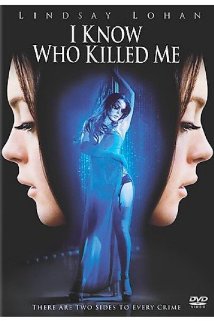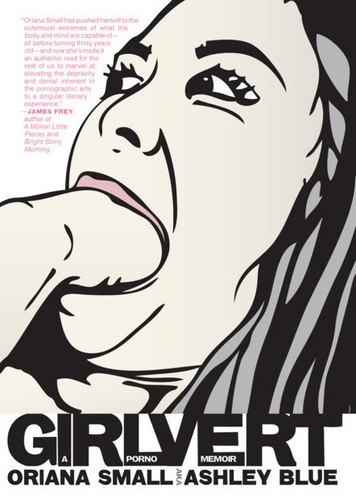Altered Carbon (2018)

Content warning: this review contains graphic discussion of the rape, torture, assault, and murder of sex workers; as well as spoilers after the jump.
For the uninitiated, Altered Carbon is the story of Takeshi Kovacs (Joel Kinnaman), a biracial man “resleeved” into the body of a beautiful, dirty blonde-haired, and incredibly hard-bodied white man in order to solve the murder of an immortal—called Methuselahs/Meths in this dystopian future—named Laurens Bancroft (James Purefoy). In this world, bodies are called sleeves and are changed like socks. The rich are, well, really rich and they are really powerful as well. In the future of Altered Carbon, hundreds and hundreds of years (or thousands, who knows? Because in both the book and the Netflix series, the year is not specified) from now, humans can now—for the right price—live forever in a variety of sleeves, clones, and synthetic sleeves. Living like gods, believing their own press, and flaunting laws and rules openly, the Meths are, to quote this show’s Magical Negro, Quellcrist Falconer (though Renée Elise Goldsberry steals every scene she’s in), “the darker angels of our nature.”
Altered Carbon is not the most interesting show on Netflix. At the beginning it tries to pace itself but, even with the outstanding special effects and stunt work, it drags. But it is full of nudity (James Purefoy hangs dong once, nearly every female cast member shows her breasts, butt, and even some full frontal nudity, and Joel Kinnaman is perpetually half-clothed, so be ready for it) and awkward, drawn-out sex scenes which are fairly useless to the plot, so there’s that. Full of graphic glimpses of myriad sexual positions, drugs, and profanity-laden rock and roll, the show does seem like it’s going to be an over-the-top, wild ride—and it is. It really, really is. It’s shiny and full of energy and, from the first violent, intimate, mind-bending episode, it tries its hardest to hook viewers with claws that refuse to let go. Altered Carbon is a sight to see and a world to behold, sure. But is it a world you want to spend 10 hours in? Because just a few episodes in, a repetitive theme makes suspension of disbelief impossible for viewers in the know. It’s something we discuss all the time here at Tits and Sass: stigma.



 I found this line weeks ago. I can’t remember when I wrote it or what brought it on. It was isolated on a sheet with other notes, none as dramatic. ‘I wanted to make strange men touch me.’ When did I want this? Or rather, when will I stop wanting this?
I found this line weeks ago. I can’t remember when I wrote it or what brought it on. It was isolated on a sheet with other notes, none as dramatic. ‘I wanted to make strange men touch me.’ When did I want this? Or rather, when will I stop wanting this?